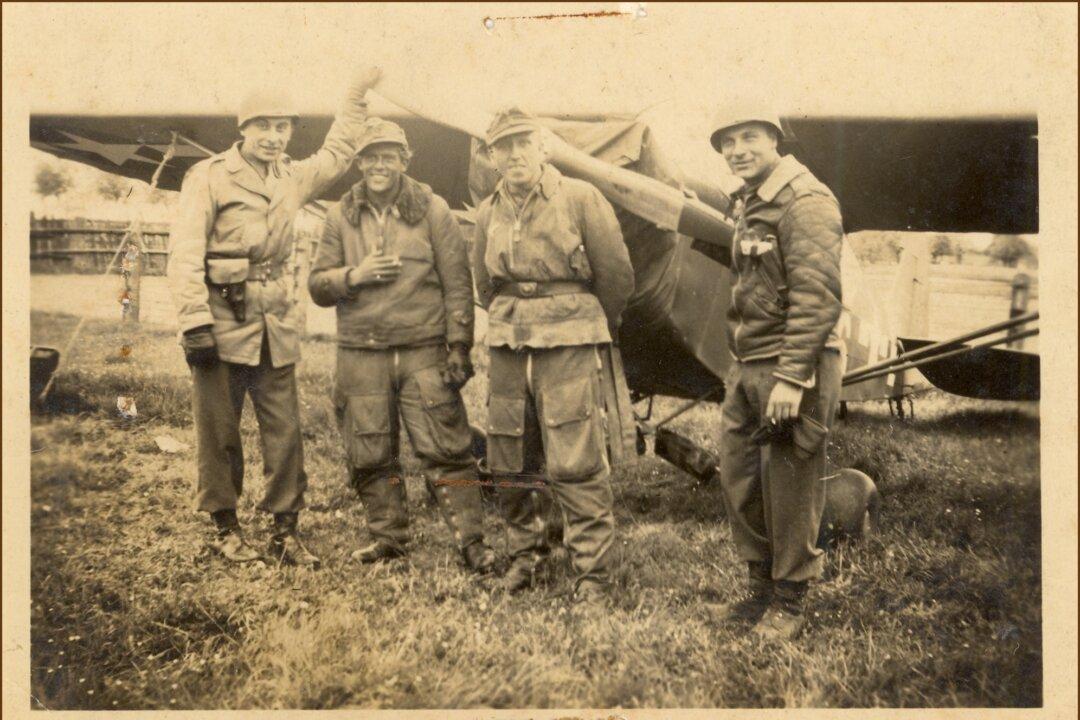The New York Police Department has gone to the dogs.
Perhaps better put, the dogs have gone to the NYPD. For the past two and a half years, the department has employed three handlers, each with a highly trained dog, to attend to officers, their families, victims of crimes—anyone who needs the comfort of a dog in a time of distress.






